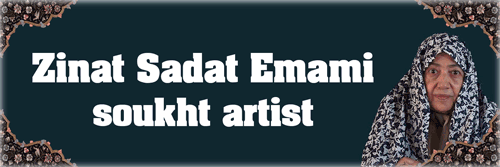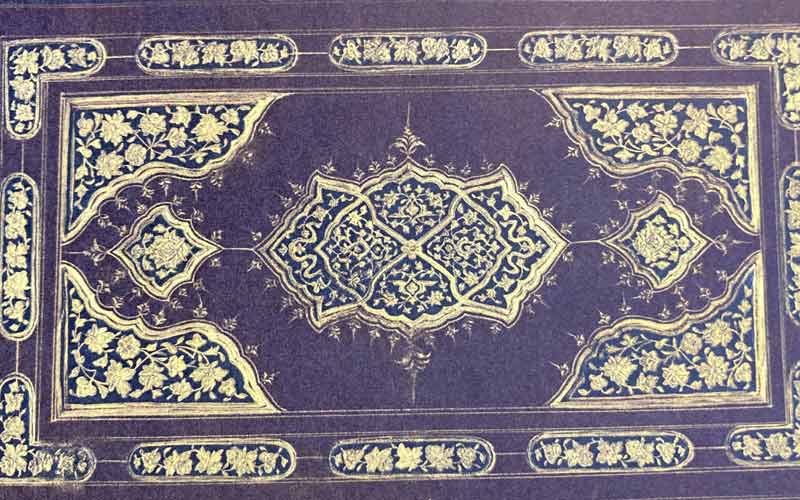Pyrography, the art of decorating wood or other materials with burn marks resulting from the controlled application of a heated object, is an ancient practice with roots that extend across cultures and civilizations. While its origins are difficult to pinpoint precisely, evidence of pyrography can be traced back to ancient Egypt and China, where artisans utilized heated tools to embellish various surfaces with intricate designs.
The utilization of pyrography initially focused on leatherwork, particularly in the creation of decorative book covers and bindings. This application flourished during the Safavid era in Persia, with master craftsmen in Isfahan pioneering the technique of burning intricate patterns onto leather surfaces. Mirza Agha Emami, a prominent artist of the late Qajar period, was among the innovators who applied pyrography to create captivating designs on leather.
The process of pyrography begins with the thorough tanning of leather to remove excess oils and substances, ensuring a smooth surface for the application of designs. Next, the desired pattern is sketched onto the leather using white or colored pencils to provide a guide for the burning process. Heated metal stamps, known as pyrography tips, are then applied to specific areas of the design, imprinting the pattern onto the leather surface through controlled burns. This technique results in raised and recessed areas, creating a visually dynamic effect known as “soukht” or “burnt.”
In addition to leather, pyrography has been adapted to embellish a variety of surfaces, including wood, paper, and even gourds. The versatility of pyrography allows artists to explore different textures and mediums, offering endless possibilities for creative expression.
One variation of pyrography involves combining the technique with marquetry, a decorative woodworking technique that involves the inlay of contrasting materials to create intricate designs. Known as “soukht-e-moarraq,” this method entails cutting out sections of the design and filling them with colored leather pieces, resulting in a mosaic-like effect that adds depth and dimension to the artwork.
Preserving and showcasing pyrography artworks is essential to maintaining their longevity and beauty. Proper care involves protecting pieces from sudden impacts and sharp objects, as well as periodically cleaning and polishing leather surfaces with specialized leather care products to maintain their luster and integrity.
Throughout history, numerous artisans have contributed to the rich tapestry of pyrography, each leaving behind a legacy of craftsmanship and creativity. In addition to Mirza Agha Emami, notable practitioners of this art form include Zinat Emami, Hussein Khataei, Ali Esfahjani, and Koshneviszadeh.
In conclusion, pyrography remains a timeless craft that continues to captivate and inspire artists and enthusiasts worldwide. Its ability to transform humble materials into works of art imbued with intricacy and meaning underscores its enduring appeal and significance in the realm of decorative arts.


